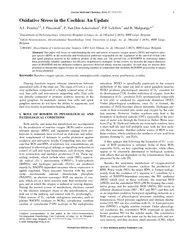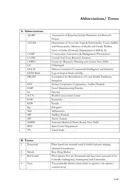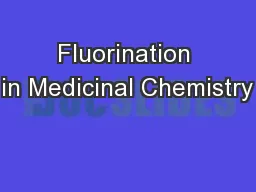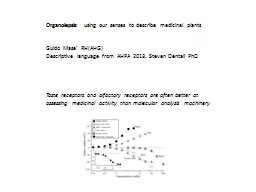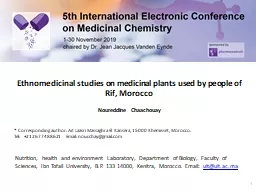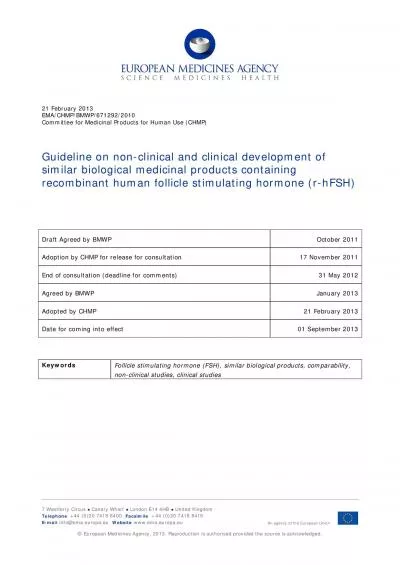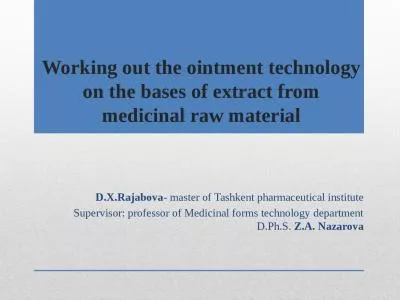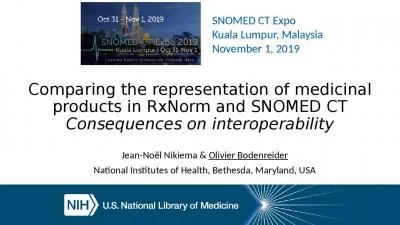PDF-Current Medicinal Chemistry
Author : olivia-moreira | Published Date : 2015-05-16
0000 2010 Bentham Science Publishers Ltd Oxidative Stress in the Cochlea An Update AL Poirrier 12 J Pincemail P Van Den Ackerveken P P Lefebvre and B Malgrange 2
Presentation Embed Code
Download Presentation
Download Presentation The PPT/PDF document "Current Medicinal Chemistry" is the property of its rightful owner. Permission is granted to download and print the materials on this website for personal, non-commercial use only, and to display it on your personal computer provided you do not modify the materials and that you retain all copyright notices contained in the materials. By downloading content from our website, you accept the terms of this agreement.
Current Medicinal Chemistry: Transcript
Download Rules Of Document
"Current Medicinal Chemistry"The content belongs to its owner. You may download and print it for personal use, without modification, and keep all copyright notices. By downloading, you agree to these terms.
Related Documents

